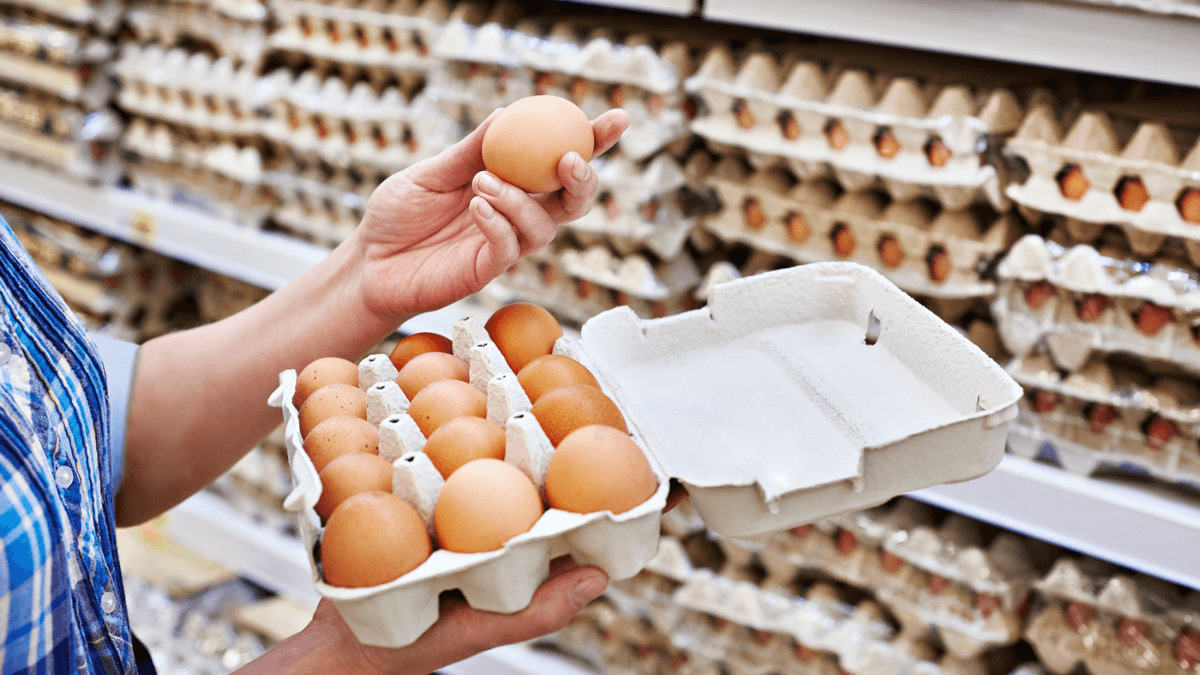**Why Are Eggs So Expensive? Understanding the Price Surge**
Eggs have become a pricey commodity, leaving many wondering: why are eggs so expensive? Several factors contribute to this phenomenon, including increased demand, rising production costs, disease outbreaks, transportation expenses, and shifts in consumer preferences. Let’s delve into these reasons to better understand the recent surge in egg prices.
—
### What Is Eggflation?
The term *eggflation* is used in the United States to describe the sharp rise in egg prices recently experienced. According to the U.S. Bureau of Labor Statistics (BLS), the cost of a dozen Grade A large eggs increased to $2.52 at one point, primarily due to the worst bird flu outbreak in U.S. history. The pandemic and general inflation raised costs for chicken feed, labor, and transportation — all of which contributed to increased egg prices.
Although the impact of the bird flu has lessened and egg prices have fallen, they have yet to return to pre-pandemic levels.
—
### Current Egg Prices Across the USA
Egg prices vary significantly across the U.S. in 2024. For instance, Hawaii reported some of the highest prices, nearly $10 per dozen, while Missouri had some of the lowest, around $4.24. On average, according to the Consumer Price Index, a dozen large, Grade A eggs cost $3 nationwide as of February 2024. This reflects an 8.4% increase compared to January 2024, but it is still much lower than the $4.82 per dozen seen in January 2023.
—
### Global Egg Price Trends
Egg prices have surged worldwide, driven largely by the same bird flu epidemic and rising chicken feed costs. Despite the decrease in U.S. prices towards the end of 2023, global trends point to persistent higher costs prompted by ongoing supply chain challenges and the economic fallout from the pandemic.
One additional factor influencing prices is rising demand for fresh chicken eggs around Easter. This seasonal demand spike often contributes to price increases.
—
### The Impact of Bird Flu
In 2022, bird flu decimated over 50 million birds in the U.S., significantly reducing the population of egg-laying hens. This loss, accounting for around 5% of the laying hen population, sharply cut egg supply — causing prices to spike.
The impact extended beyond bird losses. Egg producers faced soaring operational expenses for cleaning, disinfection, and disease prevention measures. These, combined with reduced supply, compelled producers to raise prices. For example, in California, the price for a dozen large eggs jumped from $4.83 in the previous year to $7.37, mirroring trends across many states.
—
### Are Egg Prices Coming Down?
There are encouraging signs that egg prices are starting to normalize. Wholesale prices have dropped significantly, nearly 80% from their peak, now hovering just above $1 per dozen. This suggests increased availability of hens and eggs in the market, stabilizing prices.
However, concerns remain about a potential resurgence of bird flu, particularly during spring migration of wild birds, which could impact future prices.
—
### Inflation and Rising Production Costs
Inflation has played a significant role in driving up egg costs. Key contributors include rising prices for chicken feed ingredients — primarily corn and soy — which have been affected by global supply chain disruptions.
Increased costs for labor and transportation have also added to production expenses, all of which consumers ultimately bear through higher retail prices.
—
### Role of Middlemen and Corporate Distribution
An often overlooked factor is the markup added by middlemen and corporate distributors who manage transportation, warehousing, and logistics between farmers and retailers. Inflationary pressures have increased distribution costs, contributing to higher retail prices.
Jeff Smith, a co-owner of Cackle Hatchery in Missouri, told *The New York Times* that labor and equipment costs have risen due to a demand for eggs surpassing available labor supply.
Moreover, some analysis from the U.S. House Subcommittee on Economic and Consumer Policy suggests that large distributors and retailers sometimes use inflation as justification to increase profit margins, further inflating prices beyond production and logistical costs.
—
### The War in Ukraine’s Impact on Egg Prices
The Russo-Ukrainian war has disrupted global supplies of key chicken feed ingredients like corn and soy, which were largely imported from Europe before the conflict. This disruption has caused chicken feed costs to surge, making egg production more expensive worldwide.
This global event illustrates how geopolitical issues can ripple through markets, affecting prices of everyday items like eggs.
—
### Strong Seasonal Demand
Egg prices tend to rise annually around Easter due to increased consumer demand. When supply cannot keep up with this heightened demand, prices spike.
This impacts not only holiday celebrations but also regular household budgets, as eggs remain a staple food for many.
—
### Frequently Asked Questions
**Why are eggs so expensive?**
The combination of reduced supply from the 2022 bird flu outbreak, increased production and distribution costs, inflation, and seasonal demand all contribute to higher egg prices.
**Why is there a shortage of eggs?**
The bird flu outbreak led to the culling of millions of egg-laying hens, dramatically decreasing the supply of eggs.
**Which country has the most expensive eggs?**
According to recent data from Global Product Prices, New Zealand has the highest egg prices globally, with a dozen eggs costing around $6.93 in 2024.
**Why are some eggs cheaper?**
Egg prices fluctuate with supply and demand. Increased supply or decreased demand can lead to lower prices. Variations in wholesale prices and retail pricing strategies also influence consumers’ costs.
—
### Conclusion
The rising cost of eggs results from multiple intertwined factors, including disease outbreaks, inflation-driven production expenses, geopolitical conflicts, distribution costs, and seasonal demand spikes. Understanding these dynamics explains why this breakfast staple has become more expensive.
As the egg market stabilizes and production recovers, prices are expected to gradually decrease. However, consumers should remain aware of potential fluctuations, especially with ongoing risks like bird flu and global economic uncertainties.
—
*Related Reads:*
[Links to relevant articles can be inserted here.]
—
*Published: April 2024*
https://radicalfire.com/why-are-eggs-so-expensive/



